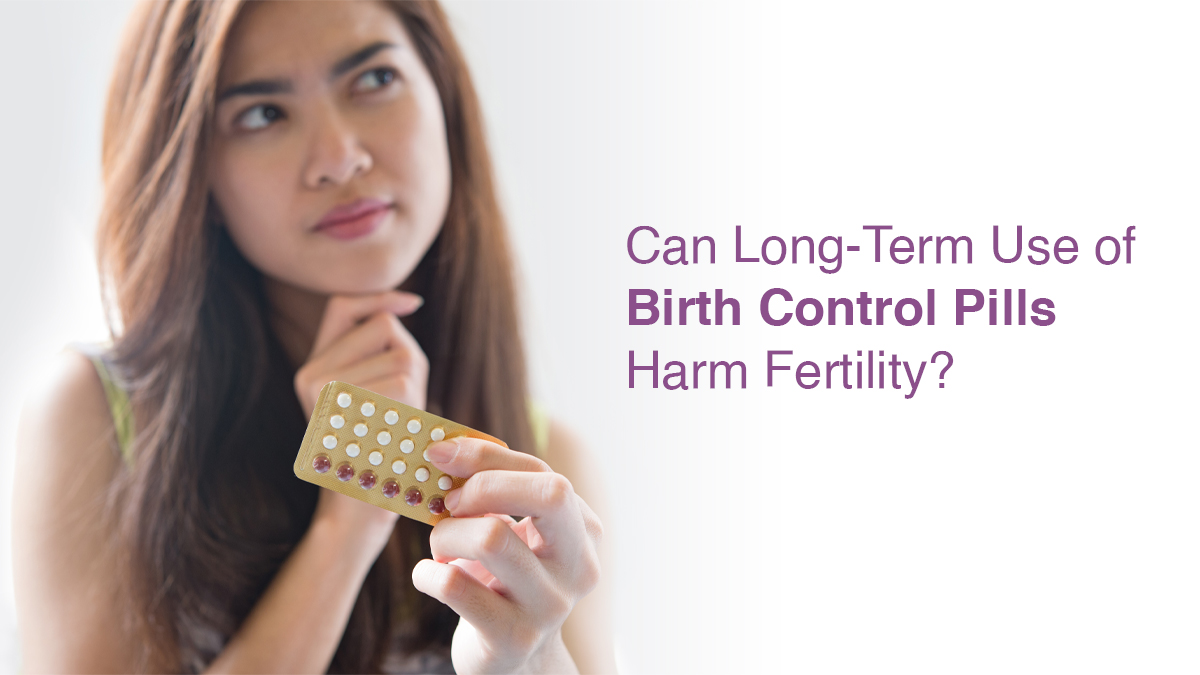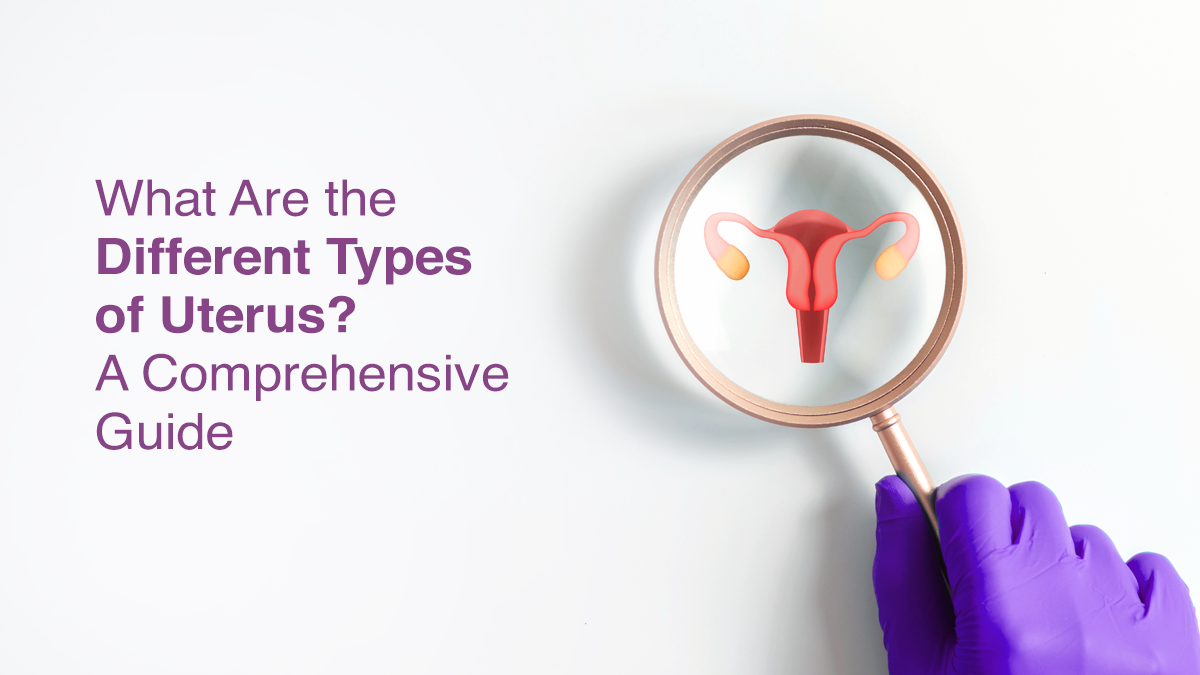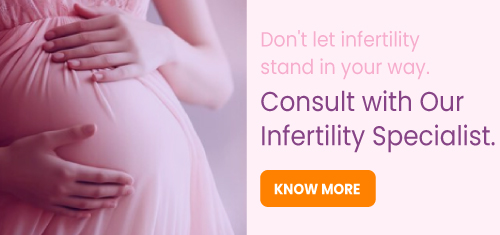
Are Uterine Polyps Dangerous? What Every Woman Should Know

About 22.5% of women with infertility issues have uterine polyps. The problem is these growths do not present any symptoms in the early stages, and you might remain unaware till you try to conceive or the polyps grow too large in size or number.
What are Uterine Polyps?
Uterine polyps, by definition, are tiny growths on the inner layer of the uterus, known as the endometrium. They are much smaller and different in structure than fibroids. While polyps are also sensitive to oestrogen, they differ from overgrowing endometrial cells that lead to bulky uterus.
Types of Polyps in the Uterus
There are no defined types of polyps. However, fertility specialists classify them as single or multi-layered, depending on the number of layers they form above the endometrium.
Causes of Intrauterine Polyps
There are no specific causes of intrauterine polyps. However, hormonal imbalances, chronic inflammation in the uterus and genetic factors have been linked to the development of endometrial polyps in the uterus.
Common Symptoms of Uterine Polyps
The most commonly observed symptoms of uterine polyps include abnormal uterine bleeding and infertility. There also are other symptoms that can be observed when the polyp growth is high, such as:
- Excessive urination and pain
- Ongoing pelvic discomfort or sporadic shooting pains
- Menstrual irregularities.
Are Uterine Polyps Dangerous?
Uterine polyps are not usually harmful. This is especially true when they are small and do not intrude on other organs or multiply. However, in severe cases, the presence of multiple or large intrauterine polyps may cause infertility. Also, these uterine polyps are not usually cancerous, but they can undergo malignant transformation leading to uterine cancer.
Diagnosis of Uterine Polyps
Your fertility specialist may start by identifying the symptoms and checking your medical history. They may follow this up with a pelvic exam or a pap smear test to confirm the presence of endometrial polyps in the uterus. Further imaging and sampling tests can help confirm the severity of the condition:
Transvaginal Ultrasound
A handled device with a sonographic camera is inserted into the uterus through the vagina to reveal any irregularities in the inner lining.
Sono hysterography
A fluid is injected into the uterine cavity to expand the womb and get clearer images of the endometrium.
Hysteroscopy
A lit telescope-like device is inserted transvaginally to get a clear view of the cervix and uterus.
Endometrial Biopsy
Here, a soft and small scraper is inserted through the vagina using a handheld device to take a sample from the affected areas of the endometrium. The sample tissue is then pathologically tested.
Curettage
Experienced fertility experts scrape the endometrial polyps using a metallic device to test the tissue’s hardness. They may also send it for further testing if the patient presents symptoms of uterine polyp cancer.
Treatment Options for Endometrial Polyps
A fertility specialist may advise one of the following treatments for endometrial polyps, depending on the severity of the condition, risk of developing cancer, symptoms, and impact on your quality of life:
Watchful Waiting
Fertility specialists use this strategy when the polyps are asymptomatic, tiny (about the size of a sesame seed) and do not affect your quality of life in any way. Regular check-ups and monitoring by your doctor are critical to ensuring that these polyps do not worsen.
Hormonal Therapy
One of the common treatments for uterine polyps is orally administering progestins or gonadotropin-releasing hormones to alleviate symptoms and stop further growth. This technique is successful when the polyps begin to reduce in number and do not recur after discontinuing hormonal medicines.
Endometrial Polypectomy
Also called hysteroscopic resection, this is a painless and non-invasive surgical procedure. Endometrial polypectomy is usually performed in an outpatient setting. However, your doctor may advise monitoring your condition after the procedure by keeping you at the clinic for 24 hours if the polyps have spread too much.
Uterine polyp removal is performed by a gynaecologist, who inserts a hysteroscope through the cervix. The surgeon removes the polyps using a wire loop. While the patient may experience pelvic discomfort, spotting or mild cramping, these symptoms subside within a few days of the procedure. You must request pain medication, if needed, and undergo follow-up check-ups to ensure speedy and complete recovery.
Prevention and Risk Reduction
While it might not be possible to completely avoid the condition, certain precautions can lower the risk of its occurrence. Maintain a healthy lifestyle with regular exercise and a balanced diet. Consult a specialist to help you manage your weight and hormonal conditions, such as PCOS, especially if you have a family history of polyps. Avoid over-the-counter non-prescription oestrogen-containing drugs. If necessary, use them only under the guidance of a specialist.
Conclusion
About 88% of women with endometrial polyps in the uterus develop fertility issues. Although the staggering number is disturbing, assistive reproductive techniques (ART), such as IVF, can help them become mothers. If you experience irregular periods or have been trying to conceive without success for over 6 months, it is a good idea to consult your nearest Oasis Fertility. For immediate assistance, reach us via our live chat here or call 1800-3001-1000.


fill up the form to get a
Free Consultation
Avail 0% interest on EMI
All Procedures | No Upper Limit
Frequently Asked Questions
What are the odds of uterine polyps being cancerous?
What do cancerous polyps look like?
What age are uterine polyps common?
How we reviewed this article:
- Current Version
- October 29, 2024 by Oasis Fertility






